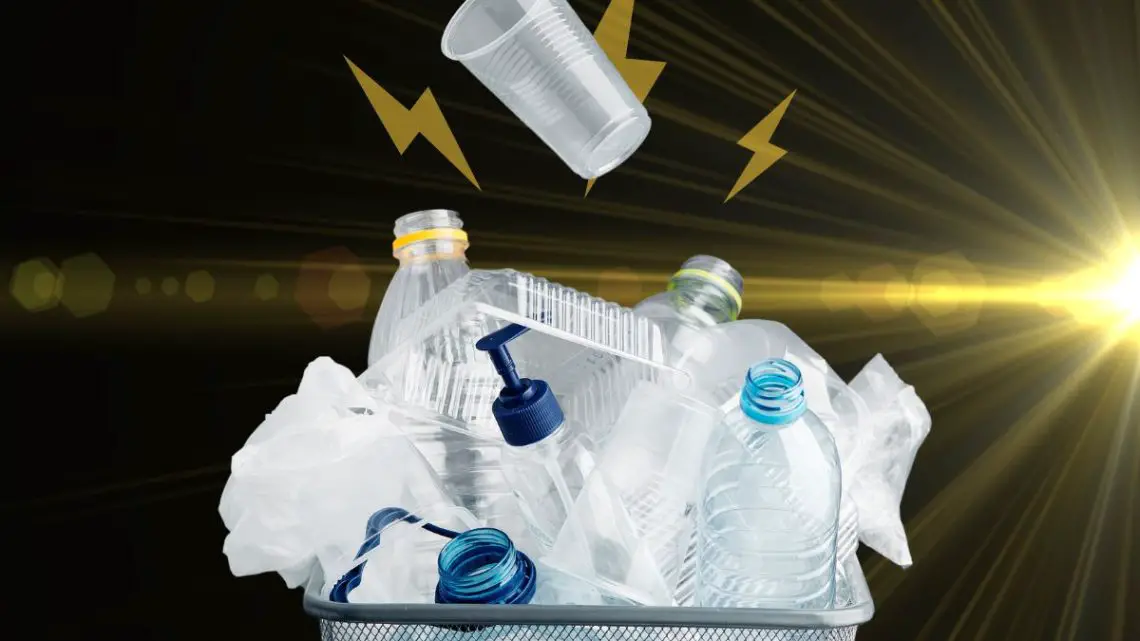
Flash joule heating technique turns plastic waste into clean hydrogen
November 6, 2023Rice University researchers developed the method of converting unwanted plastic into H2 and graphene.
Rice University scientists recently focused a study on converting waste plastic into high-value graphene and simultaneously discovered a new way to produce clean hydrogen.
This has the potential to have a meaningful impact on decarbonization through the use of H2.
The strategy could simultaneously open a new way to deal with waste plastics and produce much-needed clean hydrogen. Since the world generates an estimated 6.3 billion tons of waste plastic per year, using it to produce valuable graphene and H2 can solve multiple problems at once. The researchers published a paper describing their study in the Advanced Materials journal.
Conventionally made green H2 – that is, made with an electrolyzer that splits water molecules in a process powered by renewable energy such as wind or solar – can be quite expensive. In fact, the cost associated with making it has been a notable barrier to bringing it up to a commercial scale.
That said, with this method, green H2 is a byproduct of the production of graphene using waste plastic as a source of materials. Since the H2 is just a byproduct of another process, its cost falls considerably.
The process works to make graphene and clean hydrogen using mixed waste plastics that don’t need sorting.
“We converted waste plastics—including mixed waste plastics that don’t have to be sorted by type or washed—into high-yield hydrogen gas and high-value graphene,” explained Kevin Wyss, the research team lead at Rice. “If the produced graphene is sold at only 5 percent of current market value—a 95 percent off sale—clean hydrogen could be produced for free.”

That said, to truly be considered to produce fully green H2, it is important to point out that the process would need to be powered by renewable energy.
Flash joule heating process
 The process used for producing the graphene and clean hydrogen using waste plastic is called flash joule heating. It was developed at Rice University.
The process used for producing the graphene and clean hydrogen using waste plastic is called flash joule heating. It was developed at Rice University.
“It involves grinding plastic into confetti-size pieces, mixing it with a conductive material, placing it in a tube, and then passing a very high voltage through it,” said a recent report from Singularity Hub. “This heats the mixture to around 5,000 degrees Fahrenheit in just 4 seconds, causing the carbon atoms in the plastic to fuse together into graphene and releasing a mix of volatile gases.” Among those gases includes a highly pure form of clean hydrogen. No CO2 is emitted because the carbon resulting from the process is turned into graphene instead.
Ready to test your knowledge on the most abundant element in the universe? Take our fun and engaging Hydrogen Quiz now! [forminator_quiz id=”58712″]



 With over 15 years of reporting hydrogen news, we are your premier source for the latest updates and insights in hydrogen and renewable energy.
With over 15 years of reporting hydrogen news, we are your premier source for the latest updates and insights in hydrogen and renewable energy.